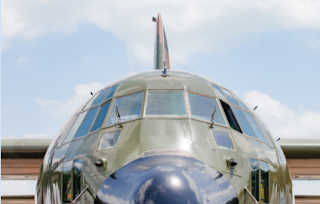The Republic of Singapore Air Force (RSAF) replaced its 30-years old Rapier air defence system with the Surface-to-air PYthon-5 and DERby (SPYDER) ground based air defence system beginning in 2011. The system was declared fully operational in July 2018.
Singapore has a multi-layered networked island-wide networked Island Air Defence (IAD) system. The IAD system integrates sensors, weapon systems as well as the command and control systems.
The SPYDER is an improvement on the Rapier system as it is able to intercept not just aircraft but also missiles and projectiles. The all-weather SPYDER can intercept aerial threats at more than twice the range and three times the altitude of the Rapier, while engaging multiple targets at the same time. The SPYDER system is also more manpower-efficient. It only takes four men 15 minutes to deploy a SPYDER – a vast improvement from the one hour needed for 15 men to deploy the Rapier.
MINDEF
Singapore has a multi-layered networked island-wide networked Island Air Defence (IAD) system. The IAD system integrates sensors, weapon systems as well as the command and control systems.
The SPYDER is an improvement on the Rapier system as it is able to intercept not just aircraft but also missiles and projectiles. The all-weather SPYDER can intercept aerial threats at more than twice the range and three times the altitude of the Rapier, while engaging multiple targets at the same time. The SPYDER system is also more manpower-efficient. It only takes four men 15 minutes to deploy a SPYDER – a vast improvement from the one hour needed for 15 men to deploy the Rapier.
MINDEF











